Reliability Assessment of Water Hydraulic-Drive Wave-Energy Converters
Abstract
1. Introduction
2. Theoretical Analysis of the Water Hydraulic Drive Wave-Energy Converter (WEC)
2.1. Structural Design
2.2. Hydrodynamic Analysis
2.3. Torque Characteristics of the Power Take-Off (PTO)
3. Reliability Modelling of Fatigue Failure
3.1. Fatigue Assessments
3.2. Determination of Reliability Assessment Indices
3.3. Target Reliability Level for Fatigue Failure
4. Wave Characteristics and Fatigue-Critical Details
4.1. Analysis of Wave Climate
4.2. Finite-Element Analysis (FEA) Model of Turbine Blade
5. Results and Discussion
5.1. Optimized PTO Damping
5.2. Fatigue Reliability
6. Conclusions
- The frequency domain analysis method can effectively evaluate both the average and maximum power absorbed by the water hydraulic drive WEC, which provides a theoretical basis for the improvement of the system performance under random wave conditions.
- The wave condition with = 2.5 m and = 6.5 s contains the largest energy contribution, which accounts for about 15.24% of the total wave energy in the South China Sea. The energy contained in the wave condition with a period of 7.5 s accounts for about 25% of the total energy.
- The blade root is the fatigue critical detail bearing the maximum Von Mises stress, and the blade tip obtains the maximum deformation under the moment load.
- Optimized PTO damping, , obtained under the wave condition with the period of 7.5 s enables the turbine to obtain the maximum absorbed power under random wave conditions.
- Fatigue life of the water turbine can reach the design service life of 20 years as the configuration parameters meet the condition 839 (FDF = 3). The cumulative reliability index, , and annual reliability index, , are recommended as 2.1 and 3.5, respectively.
Author Contributions
Funding
Acknowledgments
Conflicts of Interest
References
- Wang, D.D.; Sueyoshi, T. Climate change mitigation targets set by global firms: Overview and implications for renewable energy. Renew. Sustain. Energy Rev. 2018, 94, 386–398. [Google Scholar] [CrossRef]
- Yang, X.; Liu, N.; Zhang, P.; Guo, Z.; Ma, C.; Hu, P.; Zhang, X. The current state of marine renewable energy policy in China. Mar. Policy 2019, 100, 334–341. [Google Scholar] [CrossRef]
- Lehmann, M.; Karimpour, F.; Goudey, C.A.; Jacobson, P.T.; Alam, M.-R. Ocean wave energy in the United States: Current status and future perspectives. Renew. Sustain. Energy Rev. 2017, 74, 1300–1313. [Google Scholar] [CrossRef]
- O’Hagan, A.M.; Huertas, C.; O’Callaghan, J.; Greaves, D. Wave energy in Europe: Views on experiences and progress to date. Int. J. Mar. Energy 2016, 14, 180–197. [Google Scholar] [CrossRef]
- Kolios, A.; Di Maio, L.F.; Wang, L.; Cui, L.; Sheng, Q. Reliability assessment of point-absorber wave energy converters. Ocean Eng. 2018, 163, 40–50. [Google Scholar] [CrossRef]
- Lin, Y.; Bao, J.; Liu, H.; Li, W.; Tu, L.; Zhang, D. Review of hydraulic transmission technologies for wave power generation. Renew. Sustain. Energy Rev. 2015, 50, 194–203. [Google Scholar] [CrossRef]
- Zheng, C.W.; Li, C.Y. Variation of the wave energy and significant wave height in the China sea and adjacent waters. Renew. Sustain. Energy Rev. 2015, 43, 381–387. [Google Scholar] [CrossRef]
- de O. Falcao, A.F. Wave energy utilization: A review of the technologies. Renew. Sustain. Energy Rev. 2010, 14, 899–918. [Google Scholar]
- Chen, X.; Wang, K.; Zhang, Z.; Zeng, Y.; Zhang, Y.; O’Driscoll, K. An assessment of wind and wave climate as potential sources of renewable energy in the nearshore Shenzhen coastal zone of the South China Sea. Energy 2017, 134, 789–801. [Google Scholar] [CrossRef]
- Yaakob, O.; Hashim, F.E.; Omar, K.M.; Din, A.H.M.; Koh, K.K. Satellite-based wave data and wave energy resource assessment for South China Sea. Renew. Energy 2016, 88, 359–371. [Google Scholar] [CrossRef]
- Zheng, C.-W.; Pan, J.; Li, J.-X. Assessing the China Sea wind energy and wave energy resources from 1988 to 2009. Ocean. Eng. 2013, 65, 39–48. [Google Scholar] [CrossRef]
- Wang, Z.; Duan, C.; Dong, S. Long-term wind and wave energy resource assessment in the South China sea based on 30-year hindcast data. Ocean. Eng. 2018, 163, 58–75. [Google Scholar] [CrossRef]
- Liliana, R.; Florin, O. The performance of some state-of-the-art wave energy converters in locations with the worldwide highest wave power. Renew. Sustain. Energy Rev. 2016, 75, 1348–1362. [Google Scholar]
- Wang, L.; Isberg, J.; Tedeschi, E. Review of control strategies for wave energy conversion systems and their validation: The wave-to-wire approach. Renew. Sustain. Energy Rev. 2018, 81, 366–379. [Google Scholar] [CrossRef]
- Sheng, W. Wave energy conversion and hydrodynamics modelling technologies: A review. Renew. Sustain. Energy Rev. 2019, 109, 482–498. [Google Scholar] [CrossRef]
- Diaconu, S.; Rusu, E. The Environmental Impact of a Wave Dragon Array Operating in the Black Sea. Sci. World J. 2013, 2013, 1–20. [Google Scholar] [CrossRef]
- Weinstein, A.; Fredrikson, G.; Parks, M.J. AquaBuOY-the offshore wave energy converter numerical modeling and optimization. In Proceedings of the Oceans ’04 MTS/IEEE Techno-Ocean ’04 (IEEE Cat. No.04CH37600), Kobe, Japan, 9–12 November 2004; pp. 1854–1859. [Google Scholar]
- Ferri, F.; Ambühl, S.; Fischer, B.; Kofoed, J.P. Balancing Power Output and Structural Fatigue of Wave Energy Converters by Means of Control Strategies. Energies 2014, 7, 2246–2273. [Google Scholar] [CrossRef]
- Liu, Y.; Frangopol, D.M. Time-dependent reliability assessment of ship structures under progressive and shock deteriorations. Reliab. Eng. Syst. Saf. 2018, 173, 116–128. [Google Scholar] [CrossRef]
- Ambühl, S.; Ferri, F.; Kofoed, J.P.; Sørensen, J.D. Fatigue reliability and calibration of fatigue design factors of wave energy converters. Int. J. Mar. Energy 2015, 10, 17–38. [Google Scholar] [CrossRef]
- Màrquez-Dominguez, S.; Sørensen, J.D. Fatigue Reliability and Calibration of Fatigue Design Factors for Offshore Wind Turbines. Energies 2012, 5, 1816–1834. [Google Scholar] [CrossRef]
- Ambühl, S.; Kofoed, J.P.; Sørensen, J.D. Stochastic modeling of long-term and extreme value estimation of wind and sea conditions for probabilistic reliability assessments of wave energy devices. Ocean Eng. 2014, 89, 243–255. [Google Scholar] [CrossRef]
- Ransley, E.; Greaves, D.; Raby, A.; Simmonds, D.; Jakobsen, M.; Kramer, M. RANS-VOF modelling of the Wavestar point absorber. Renew. Energy 2017, 109, 49–65. [Google Scholar] [CrossRef]
- Hohenbichler, M.; Rackwitz, R. First-order concepts in system reliability. Struct. Saf. 1983, 1, 177–188. [Google Scholar] [CrossRef]
- Huang, X.; Li, Y.; Zhang, Y.; Zhang, X. A new direct second-order reliability analysis method. Appl. Math. Model. 2018, 55, 68–80. [Google Scholar] [CrossRef]
- Li, X.; Liu, Z.; Tang, Y.; Gao, X.; Ma, Y.; Tao, S. Reliability analysis of the security and stability control device based on the Monte Carlo method. Energy Procedia 2018, 145, 9–14. [Google Scholar] [CrossRef]
- Payne, G.S.; Taylor, J.R.; Bruce, T.; Parkin, P. Assessment of boundary-element method for modelling a free-floating sloped wave energy device. Part 1: Numerical modelling. Ocean Eng. 2008, 35, 333–341. [Google Scholar] [CrossRef][Green Version]
- Payne, G.S.; Taylor, J.R.; Bruce, T.; Parkin, P. Assessment of boundary-element method for modelling a free-floating sloped wave energy device. Part 2: Experimental validation. Ocean Eng. 2008, 35, 342–357. [Google Scholar] [CrossRef]
- Falcão, A.F.; Cândido, J.J.; Justino, P.A.; Henriques, J.C. Hydrodynamics of the IPS buoy wave energy converter including the effect of non-uniform acceleration tube cross section. Renew. Energy 2012, 41, 105–114. [Google Scholar] [CrossRef]
- Evans, D.V. The Oscillating Water Column Wave-energy Device. IMA J. Appl. Math. 1978, 22, 423–433. [Google Scholar] [CrossRef]
- Bozzi, S.; Miquel, A.M.; Scarpa, F.; Antonini, A.; Archetti, R.; Passoni, G.; Gruosso, G. Wave energy production in Italian offshore: Preliminary design of a point absorber with tubular linear generator. In Proceedings of the 2013 International Conference on Clean Electrical Power (ICCEP), Alghero, Italy, 11–13 June 2013; pp. 203–208. [Google Scholar]
- Antonini, A.; Gaeta, M.A.; Lamberti, A. Wave-induced devices for the oxygenation of deep layer: A physical investigation. In Proceedings of the 33rd International Conference on Coastal Engineering 2012 (ICCE), Santander, Spain, 1–6 July 2012. [Google Scholar]
- Tampier, G.; Grueter, L. Hydrodynamic analysis of a heaving wave energy converter. Int. J. Mar. Energy 2017, 19, 304–318. [Google Scholar] [CrossRef]
- Falnes, J. Ocean Waves and Oscillating Systems; Cambridge University Press: Cambridge, UK, 2002. [Google Scholar]
- Liang, C.; Zuo, L. On the dynamics and design of a two-body wave energy converter. Renew. Energy 2017, 101, 265–274. [Google Scholar] [CrossRef]
- Dorji, U.; Ghomashchi, R. Hydro turbine failure mechanisms: An overview. Eng. Fail. Anal. 2014, 44, 136–147. [Google Scholar] [CrossRef]
- Dulău, M.; Bică, D. Simulation of Speed Steam Turbine Control System. Procedia Technol. 2014, 12, 716–722. [Google Scholar] [CrossRef]
- DNV RP-C203. Fatigue strength analysis of offshore steel structures. Det Norske Veritas. 2001. Available online: https://wenku.baidu.com/view/ce2a55323968011ca300911e.html (accessed on 2 November 2019).
- Choi, S.K.; Grandhi, R.V.; Canfield, R.A. Reliability-Based Structural Design; Springer Science & Business Media: Berlin, Germany, 2006. [Google Scholar]
- Ambühl, S.; Kramer, M.; Sørensen, J.D. Reliability-Based Structural Optimization of Wave Energy Converters. Energies 2014, 7, 8178–8200. [Google Scholar] [CrossRef]
- DNV/Carbon Trust. Guidelines in design and operation of wave energy converters. Det Norske Veritas. 2005. Available online: https://docplayer.net/21805382-Guidelines-on-design-and-operation-of-wave-energy-converters.html (accessed on 2 November 2019).
- Besio, G.; Mentaschi, L.; Mazzino, A. Wave energy resource assessment in the Mediterranean Sea on the basis of a 35-year hindcast. Energy 2016, 94, 50–63. [Google Scholar] [CrossRef]
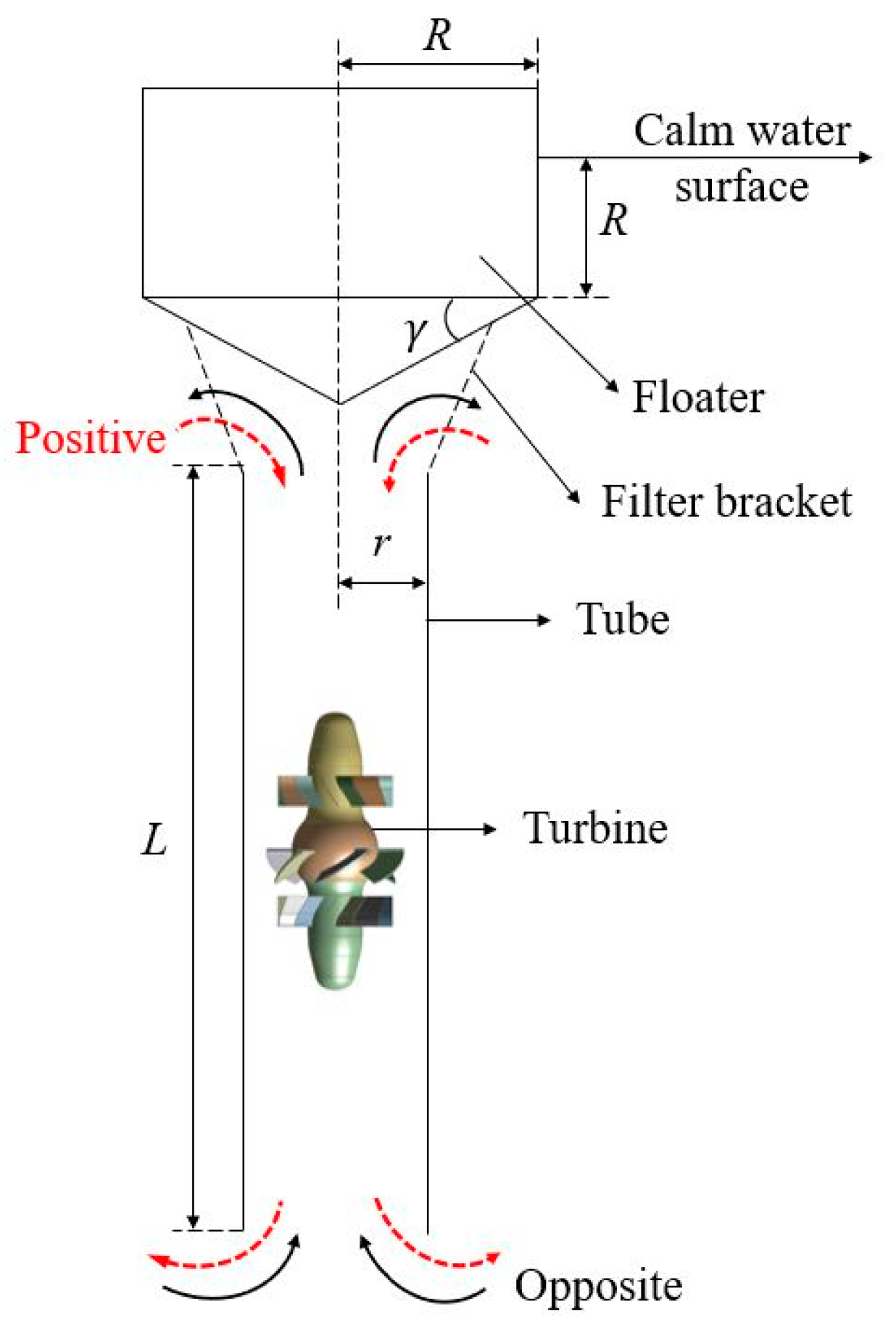
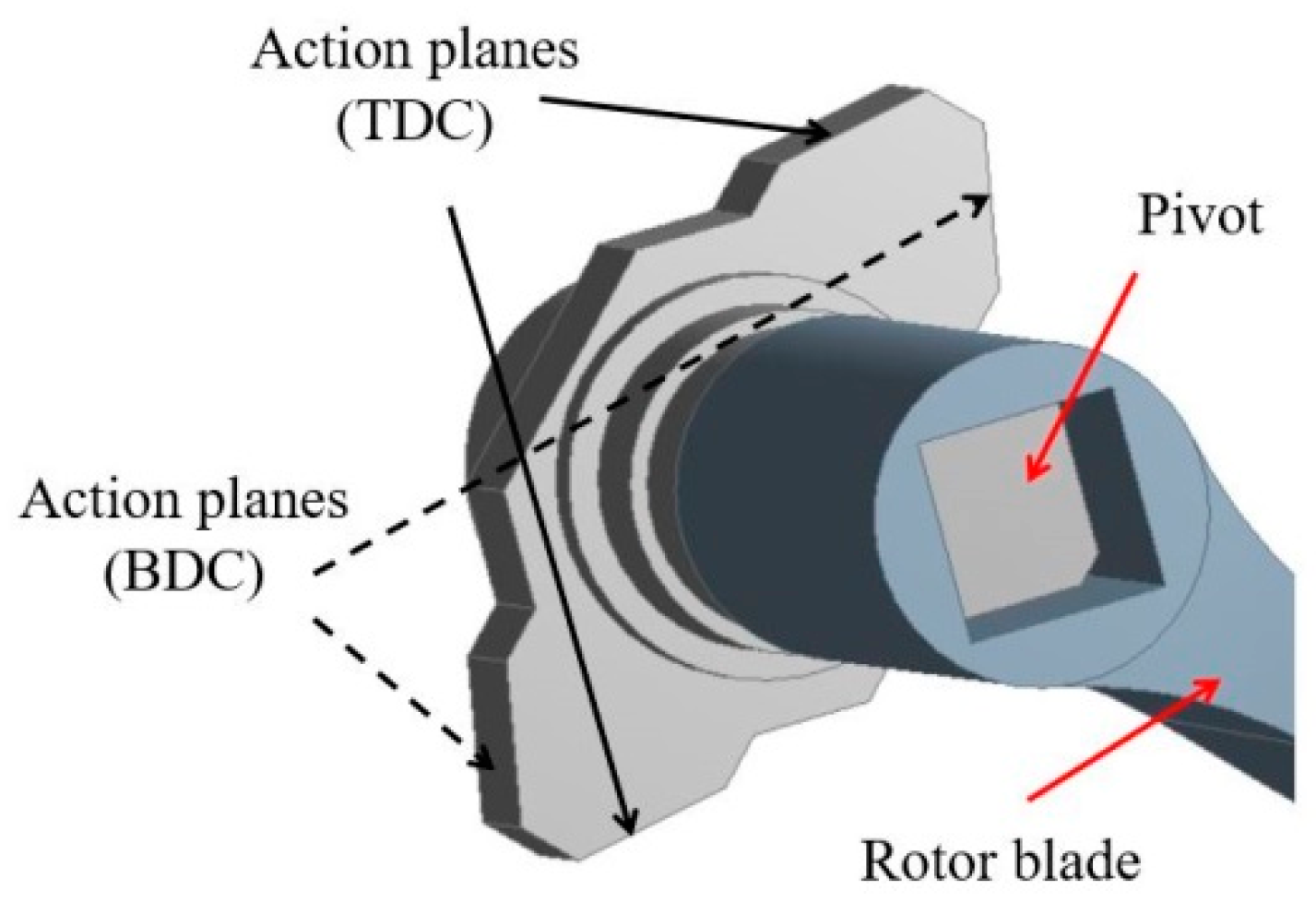
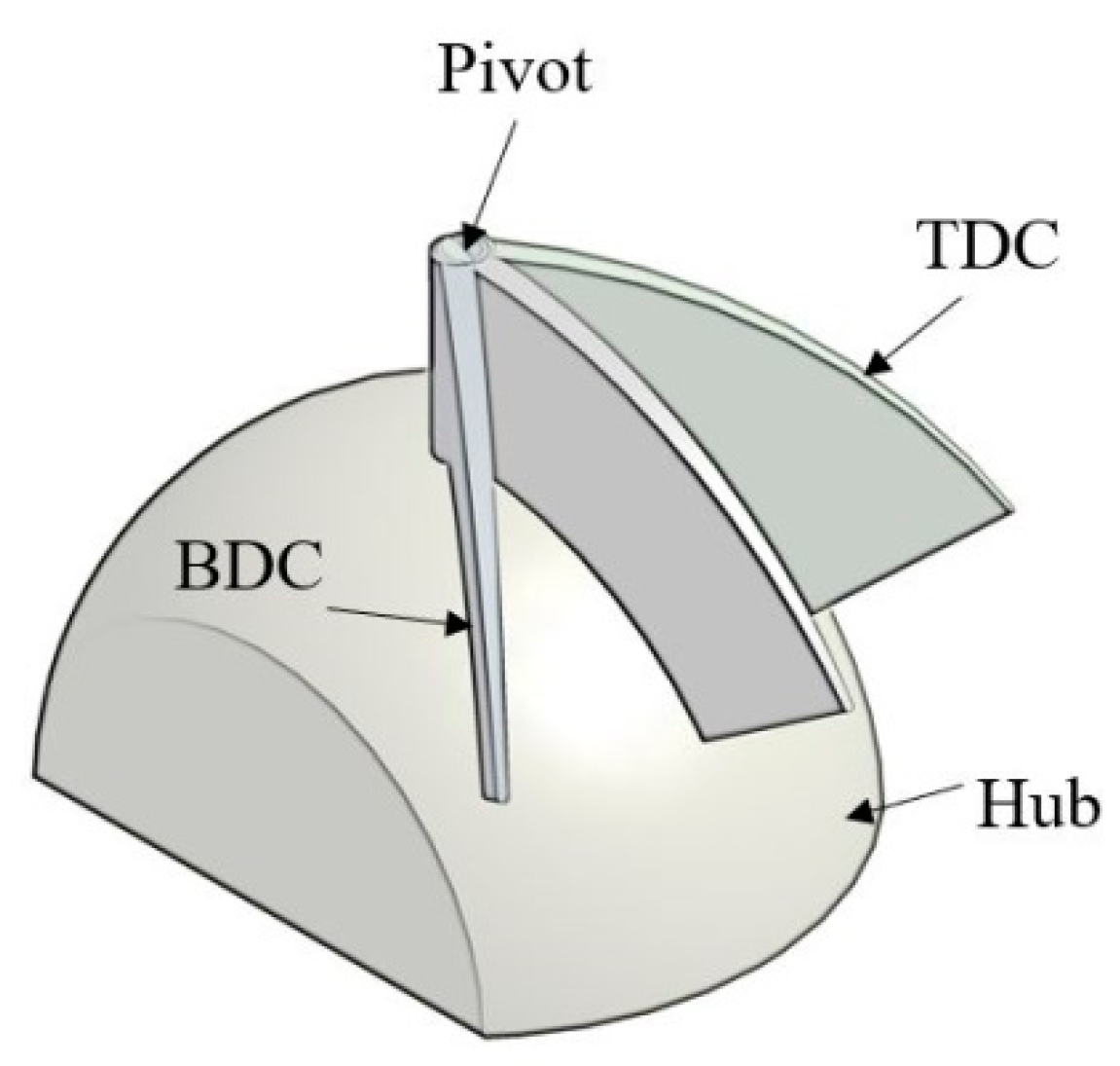


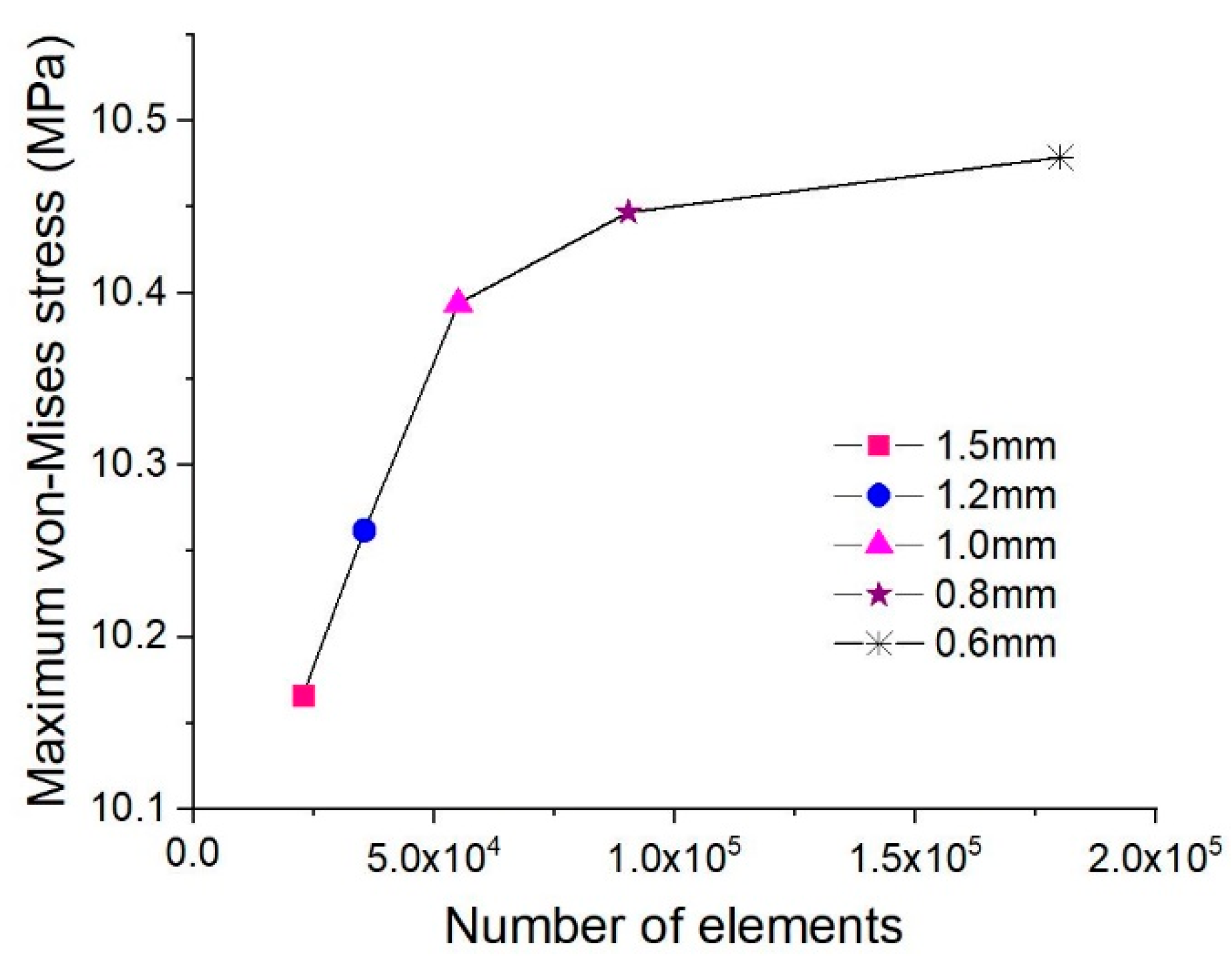

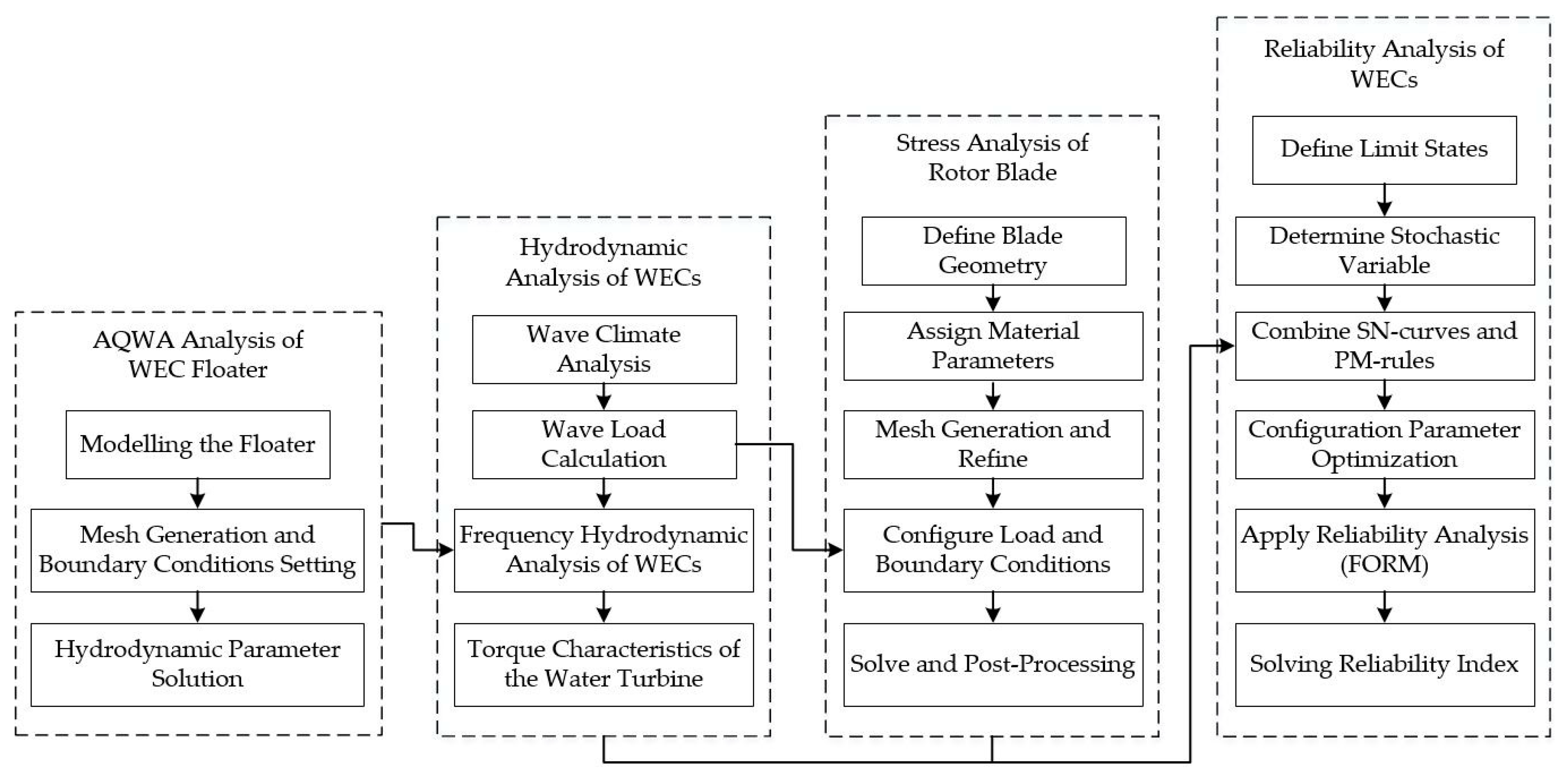
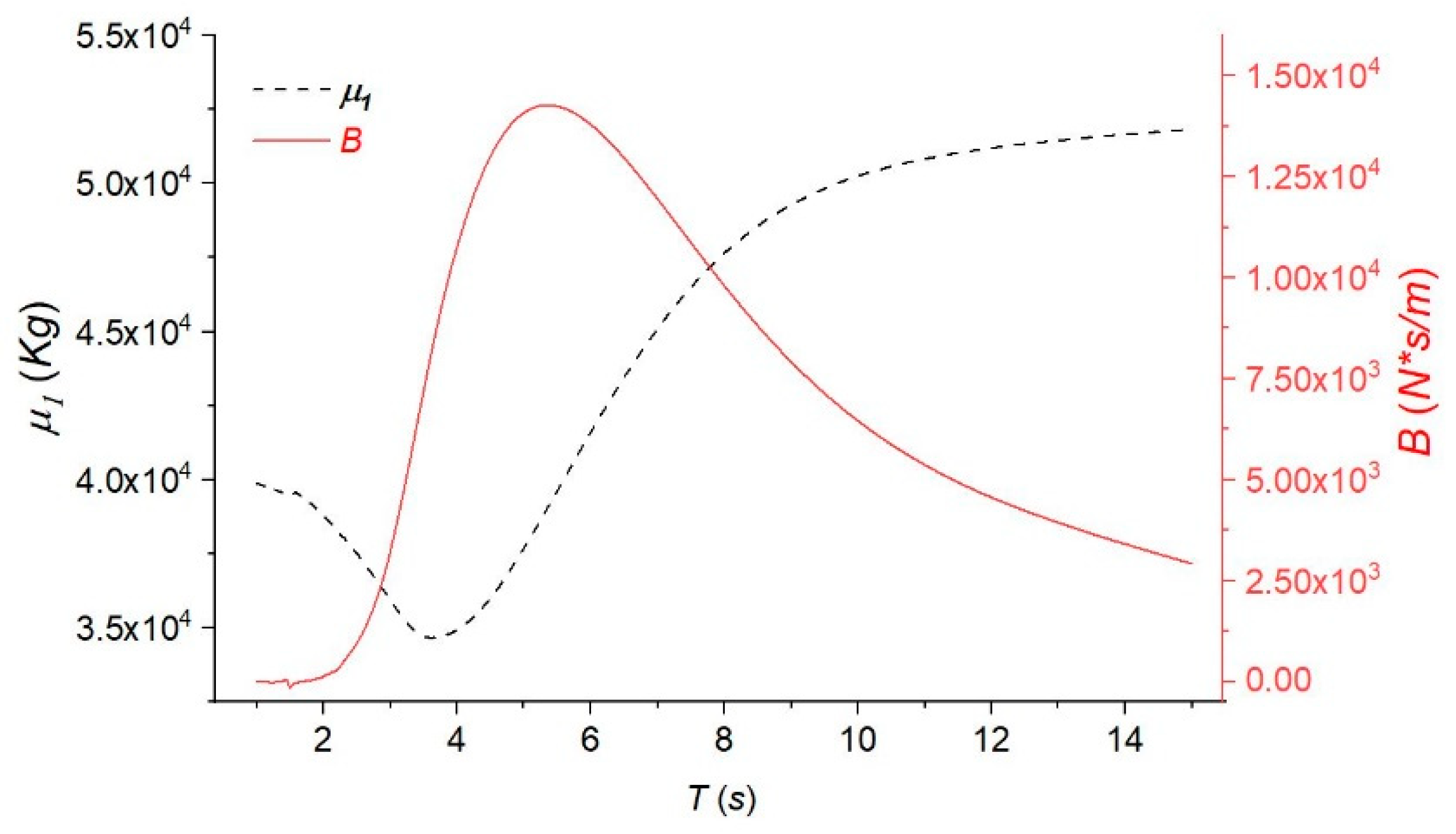
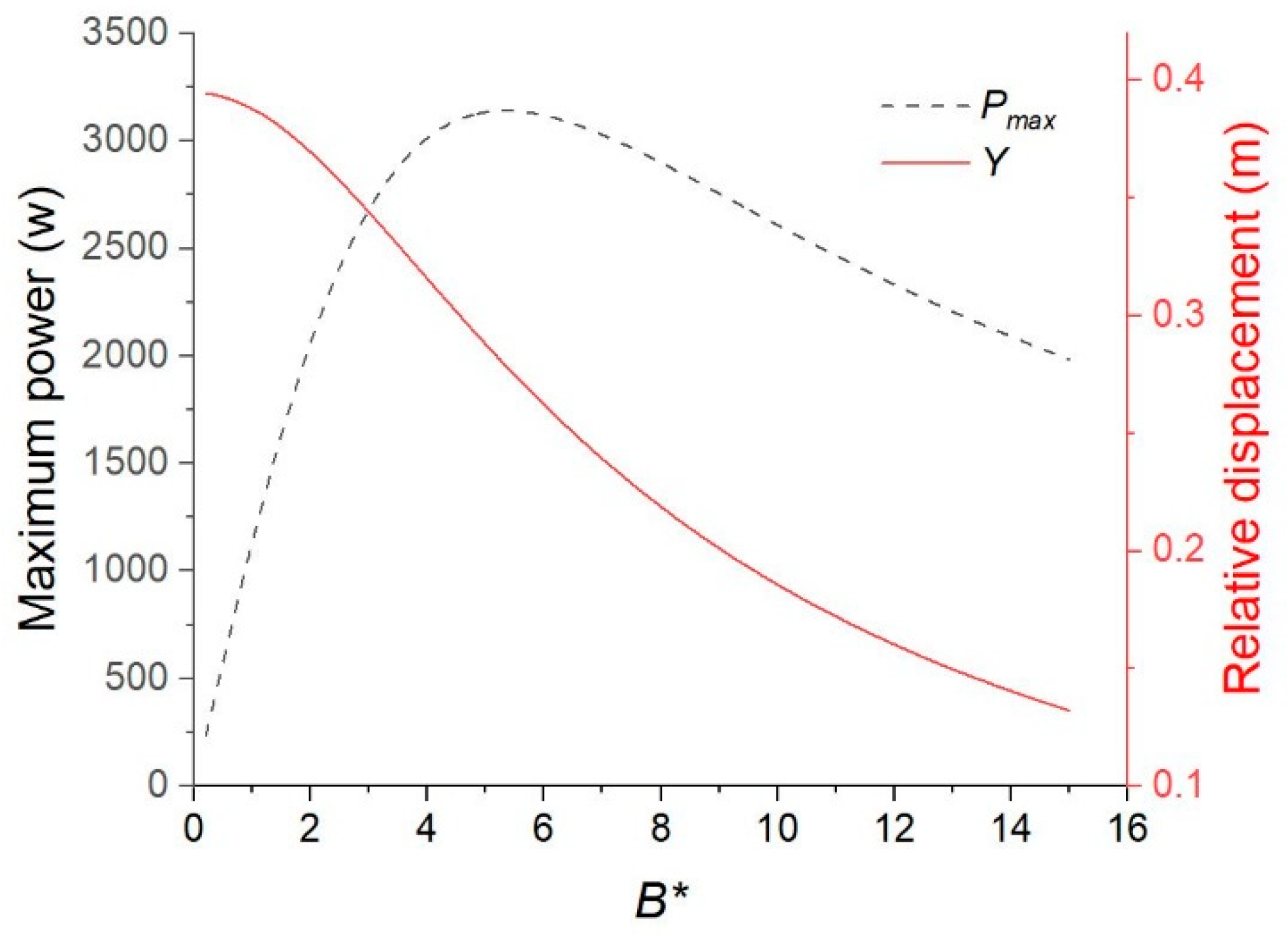
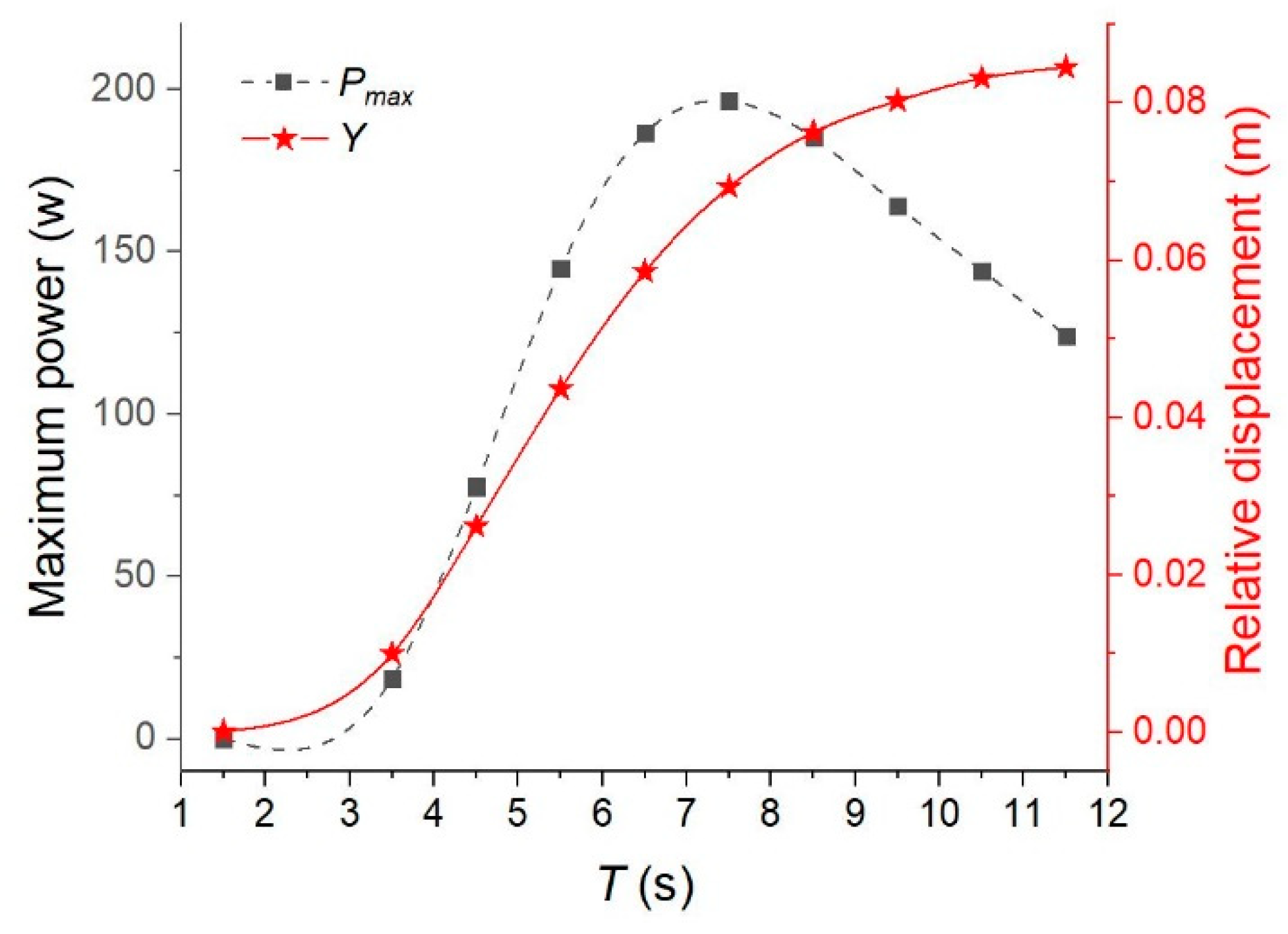
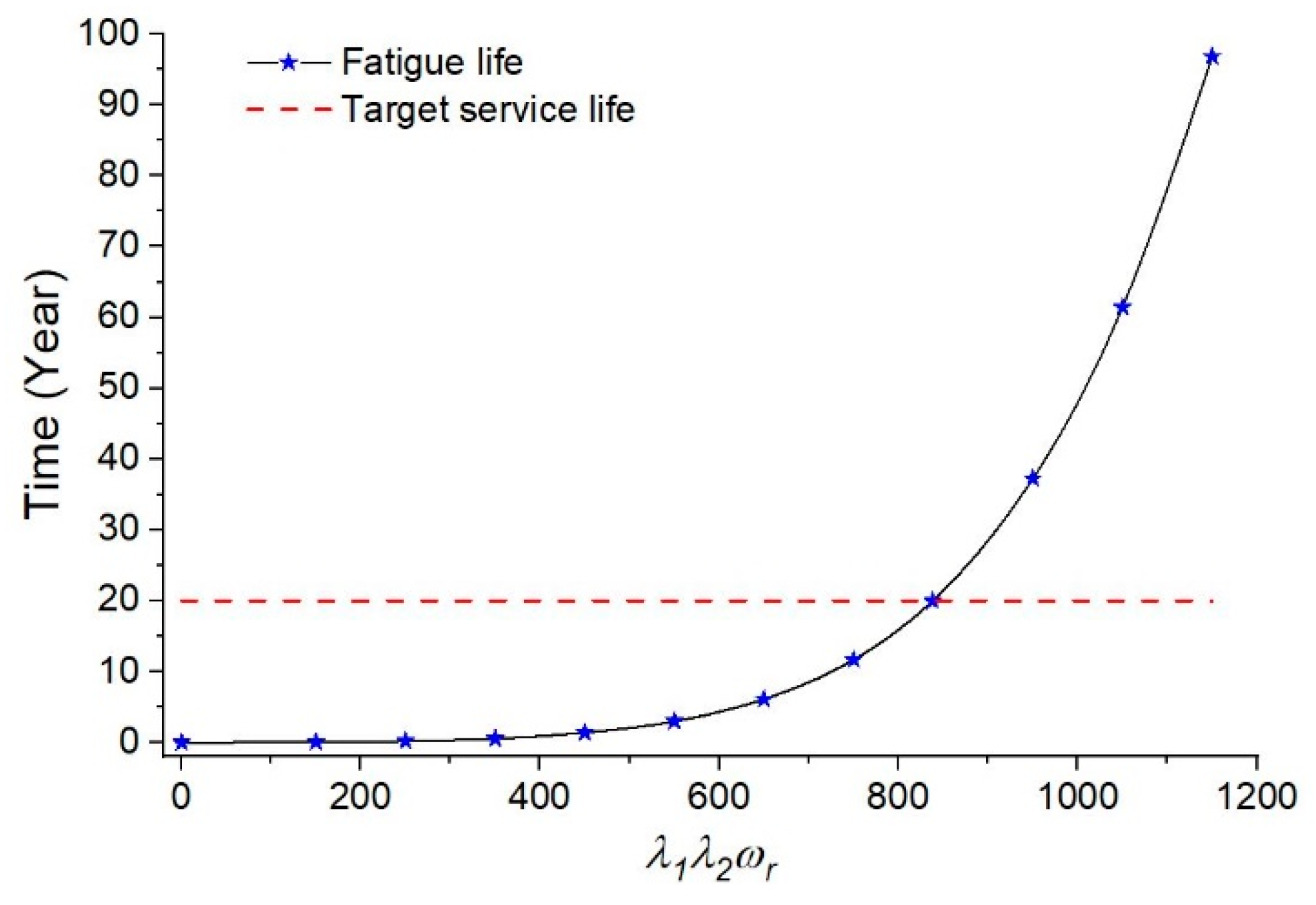
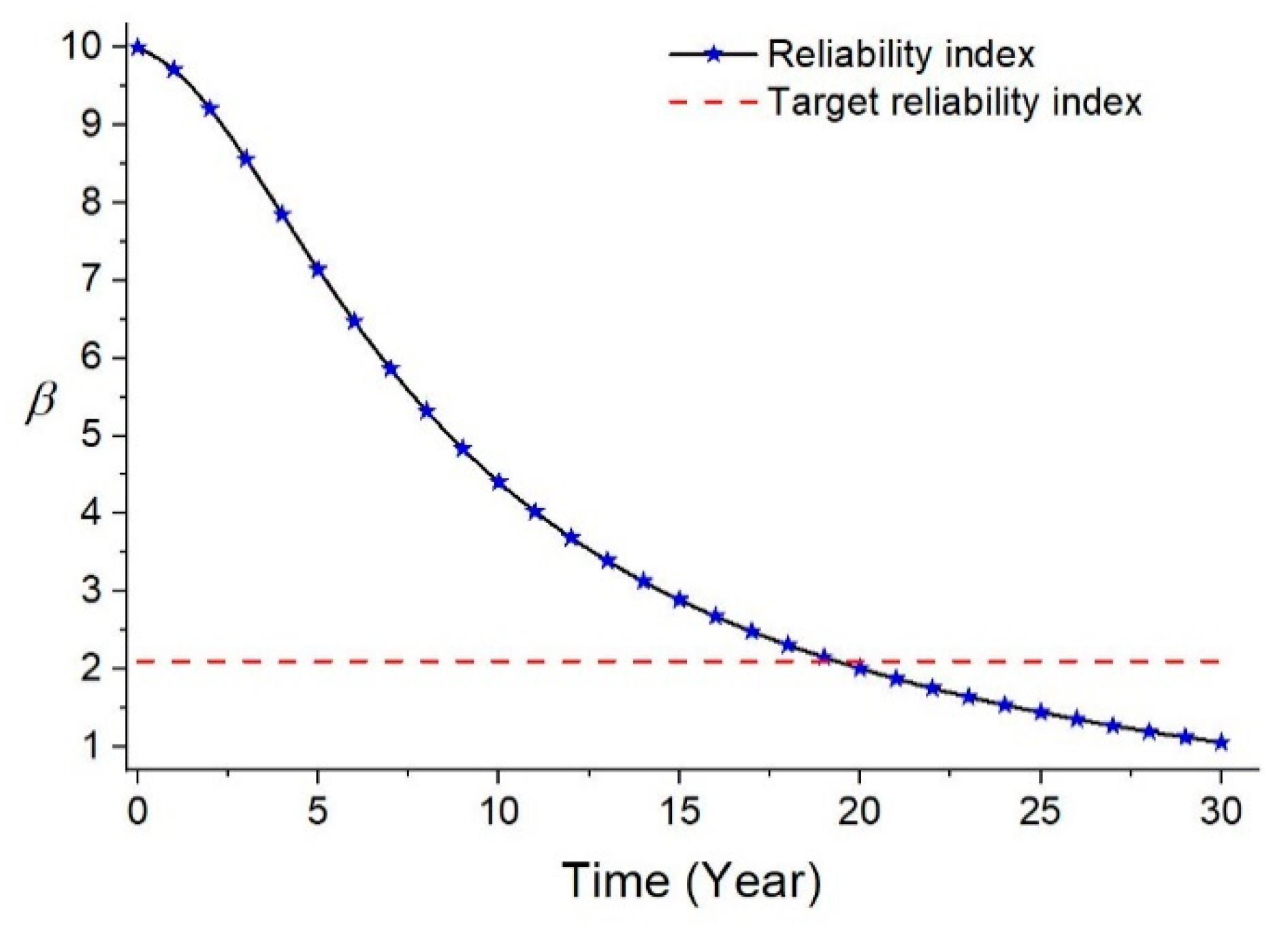

| Variables | Distribution | Mean Values | COV | CV | Source |
|---|---|---|---|---|---|
| LN | 1 | 0.1 | 1 | [21] | |
| LN | 1 | 0.02 | 1 | [18] | |
| LN | 1 | 0.05 | 1 | [20] | |
| D | 3 | - | - | - | |
| N | 12.192 | 0.015 | 11.792 | [21,38] | |
| D | 5 | - | - | - | |
| N | 16.320 | 0.015 | 15.820 | [21,38] |
| Parameters | Values | ||||
|---|---|---|---|---|---|
| 3.1 | 3.7 | 4.3 | 4.7 | 5.2 | |
| 10−3 | 10−4 | 10−5 | 10−6 | 10−7 | |
| Cost of Condition Monitoring | Consequences of Failure | ||
|---|---|---|---|
| Small | Normal | Large | |
| High | 3.1 | 3.3 | 3.7 |
| Moderate | 3.7 | 4.2 | 4.4 |
| low | 4.2 | 4.4 | 4.7 |
| Corrosive Environment | FDF | |||
|---|---|---|---|---|
| 1 | 2 | 3 | ||
| In air | 1.3 | 2.0 | 2.5 | |
| 2.4 | 2.8 | 3.1 | ||
| With cathodic protection | 1.2 | 1.9 | 2.4 | |
| 2.4 | 2.8 | 3.1 | ||
| Free corrosion | 1.3 | 2.3 | 2.9 | |
| 2.3 | 3.0 | 3.4 | ||
| Average Energy Period (Tav, s) | ||||||||||||||
|---|---|---|---|---|---|---|---|---|---|---|---|---|---|---|
| 1.5 | 3.5 | 4.5 | 5.5 | 6.5 | 7.5 | 8.5 | 9.5 | 10.5 | 11.5 | 12.5 | 13.5 | 14.5 | ||
| Significant wave height (Hs, m) | 7.5 | 0 | 0 | 0 | 0 | 0 | 0 | 0 | 0 | 0 | 0 | 0 | 0 | 0 |
| 6.5 | 0 | 0 | 0 | 0 | 0 | 0 | 0 | 1 0.00 | 9 0.01 | 2 0.00 | 0 | 0 | 0 | |
| 5.5 | 0 | 0 | 0 | 0 | 0 | 0 | 28 0.04 | 54 0.08 | 24 0.04 | 1 0.00 | 0 | 0 | 0 | |
| 4.5 | 0 | 0 | 0 | 0 | 0 | 50 0.08 | 373 0.58 | 240 0.37 | 37 0.06 | 7 0.01 | 0 | 0 | 0 | |
| 3.5 | 0 | 0 | 0 | 0 | 163 0.25 | 1317 2.05 | 950 1.48 | 436 0.68 | 86 0.13 | 0 | 0 | 0 | 0 | |
| 2.5 | 0 | 0 | 0 | 874 1.36 | 4743 7.39 | 2891 4.50 | 1459 2.27 | 546 0.85 | 54 0.08 | 0 | 0 | 0 | 0 | |
| 1.5 | 0 | 19 0.03 | 3720 5.79 | 9300 14.48 | 5011 7.80 | 2925 4.56 | 1131 1.76 | 149 0.23 | 7 0.01 | 1 0.00 | 0 | 0 | 0 | |
| 0.5 | 531 0.83 | 4859 7.57 | 11,299 17.59 | 6525 10.16 | 3159 4.92 | 997 1.55 | 189 0.29 | 38 0.06 | 3 0.00 | 2 0.00 | 0 | 0 | 0 | |
| Average Energy Period (Tav, s) | ||||||||||||||
|---|---|---|---|---|---|---|---|---|---|---|---|---|---|---|
| 1.5 | 3.5 | 4.5 | 5.5 | 6.5 | 7.5 | 8.5 | 9.5 | 10.5 | 11.5 | 12.5 | 13.5 | 14.5 | ||
| Significant wave height (Hs, m) | 7.5 | 0 | 0 | 0 | 0 | 0 | 0 | 0 | 0 | 0 | 0 | 0 | 0 | 0 |
| 6.5 | 0 | 0 | 0 | 0 | 0 | 0 | 0 | 196.62 0.03 | 217.31 0.32 | 238.01 0.08 | 0 | 0 | 0 | |
| 5.5 | 0 | 0 | 0 | 0 | 0 | 0 | 125.95 0.57 | 140.77 1.23 | 155.59 0.60 | 170.41 0.03 | 0 | 0 | 0 | |
| 4.5 | 0 | 0 | 0 | 0 | 0 | 74.40 0.60 | 84.32 5.08 | 94.24 3.65 | 104.16 0.62 | 114.07 0.13 | 0 | 0 | 0 | |
| 3.5 | 0 | 0 | 0 | 0 | 39.00 1.03 | 45.01 9.57 | 51.01 7.83 | 57.01 4.01 | 63.07 0.88 | 0 | 0 | 0 | 0 | |
| 2.5 | 0 | 0 | 0 | 16.84 2.38 | 19.90 15.24 | 22.96 10.72 | 26.02 6.13 | 29.09 2.56 | 32.15 0.28 | 0 | 0 | 0 | 0 | |
| 1.5 | 0 | 3.86 0.01 | 4.96 2.98 | 6.06 9.10 | 7.16 5.80 | 8.27 3.90 | 9.37 1.71 | 10.47 0.25 | 11.57 0.01 | 12.67 0.00 | 0 | 0 | 0 | |
| 0.5 | 0.18 0.02 | 0.43 0.34 | 0.55 1.00 | 0.67 0.71 | 0.80 0.41 | 0.92 0.15 | 1.04 0.03 | 1.16 0.00 | 1.29 0.00 | 1.41 0.00 | 0 | 0 | 0 | |
| Codes | Values | Codes | Values |
|---|---|---|---|
| 20 mm | 3.9 mm | ||
| 16 mm | 15 mm | ||
| 60° | 25 mm | ||
| 7 mm | 3.5 mm | ||
| 2 mm | 16 mm | ||
| 9 mm | 48.8 mm | ||
| 46 mm | 81 mm |
| Properties | Values | Properties | Values |
|---|---|---|---|
| Young’s modulus | 2 × 1011 (Pa) | Thermal expansion coefficient | 1.2 × 10−5 (C−1) |
| Poisson’s ratio | 0.3 | Density | 7850 (kg/m3) |
| Mesh Element Size (mm) | Elements | Maximum Von Mises Stress (MPa) | Diff (%) |
|---|---|---|---|
| 1.5 | 2.27 × 104 | 10.166 | 0.94 |
| 1.2 | 3.55 × 104 | 10.262 | 1.29 |
| 1.0 | 5.51 × 104 | 10.394 | 0.51 |
| 0.8 | 9.04 × 104 | 10.447 | 0.31 |
| 0.6 | 1.80 × 104 | 10.479 |
| Parameters | Values | Parameters | Values |
|---|---|---|---|
| 3.0 m | 30° | ||
| 1.2 m | 12 m |
| Parameters | Values | Parameters | Values | Parameters | Values |
|---|---|---|---|---|---|
| 3 | 6 | ωr | 47.1 rad/s |
© 2019 by the authors. Licensee MDPI, Basel, Switzerland. This article is an open access article distributed under the terms and conditions of the Creative Commons Attribution (CC BY) license (http://creativecommons.org/licenses/by/4.0/).
Share and Cite
Liu, H.; Wang, W.; Tang, S.; Mao, L.; Mi, H.; Zhang, G.; Liu, J. Reliability Assessment of Water Hydraulic-Drive Wave-Energy Converters. Energies 2019, 12, 4189. https://doi.org/10.3390/en12214189
Liu H, Wang W, Tang S, Mao L, Mi H, Zhang G, Liu J. Reliability Assessment of Water Hydraulic-Drive Wave-Energy Converters. Energies. 2019; 12(21):4189. https://doi.org/10.3390/en12214189
Chicago/Turabian StyleLiu, Hua, Weijun Wang, Shuai Tang, Longbo Mao, Hongju Mi, Guoping Zhang, and Jun Liu. 2019. "Reliability Assessment of Water Hydraulic-Drive Wave-Energy Converters" Energies 12, no. 21: 4189. https://doi.org/10.3390/en12214189
APA StyleLiu, H., Wang, W., Tang, S., Mao, L., Mi, H., Zhang, G., & Liu, J. (2019). Reliability Assessment of Water Hydraulic-Drive Wave-Energy Converters. Energies, 12(21), 4189. https://doi.org/10.3390/en12214189






